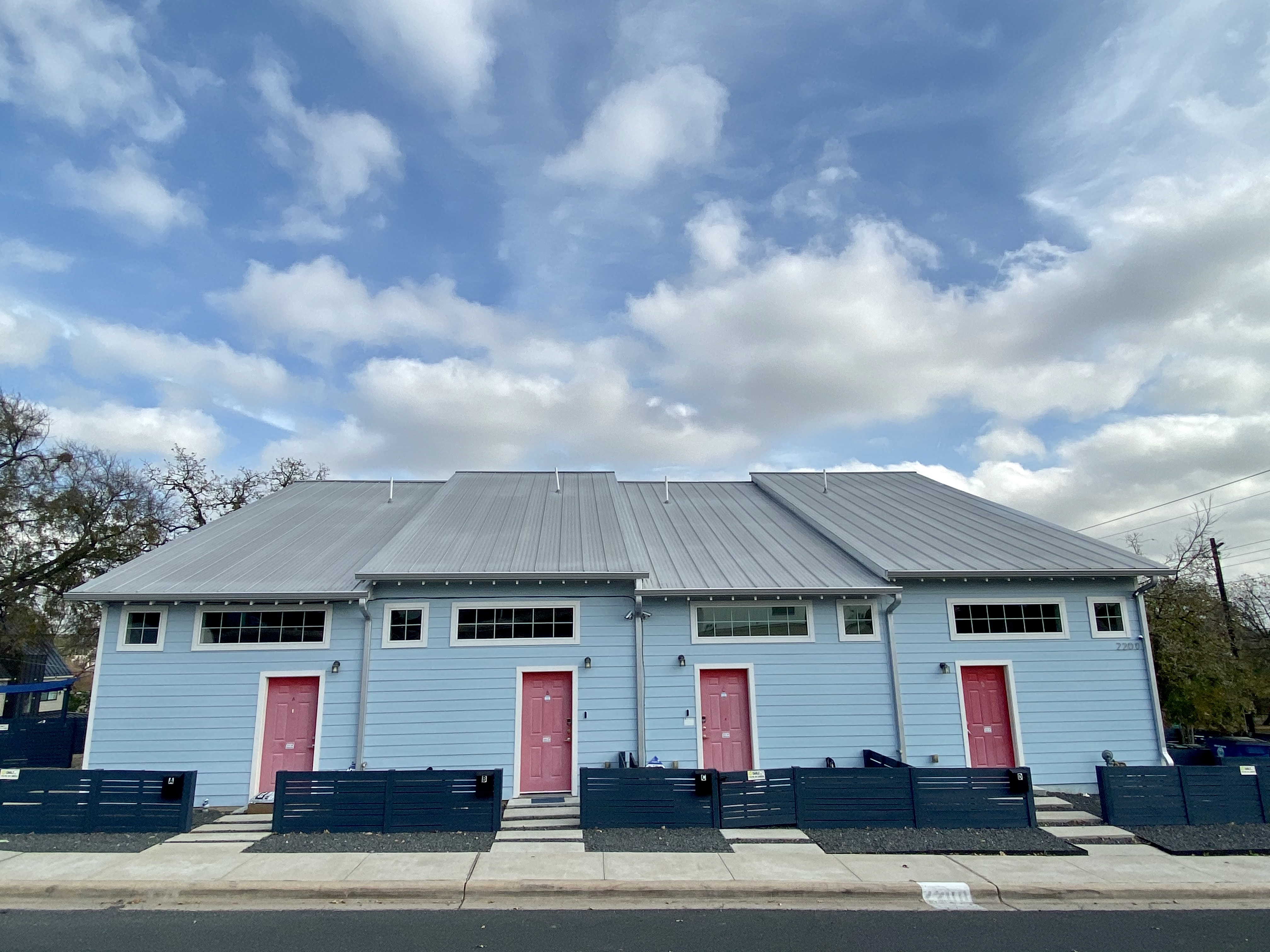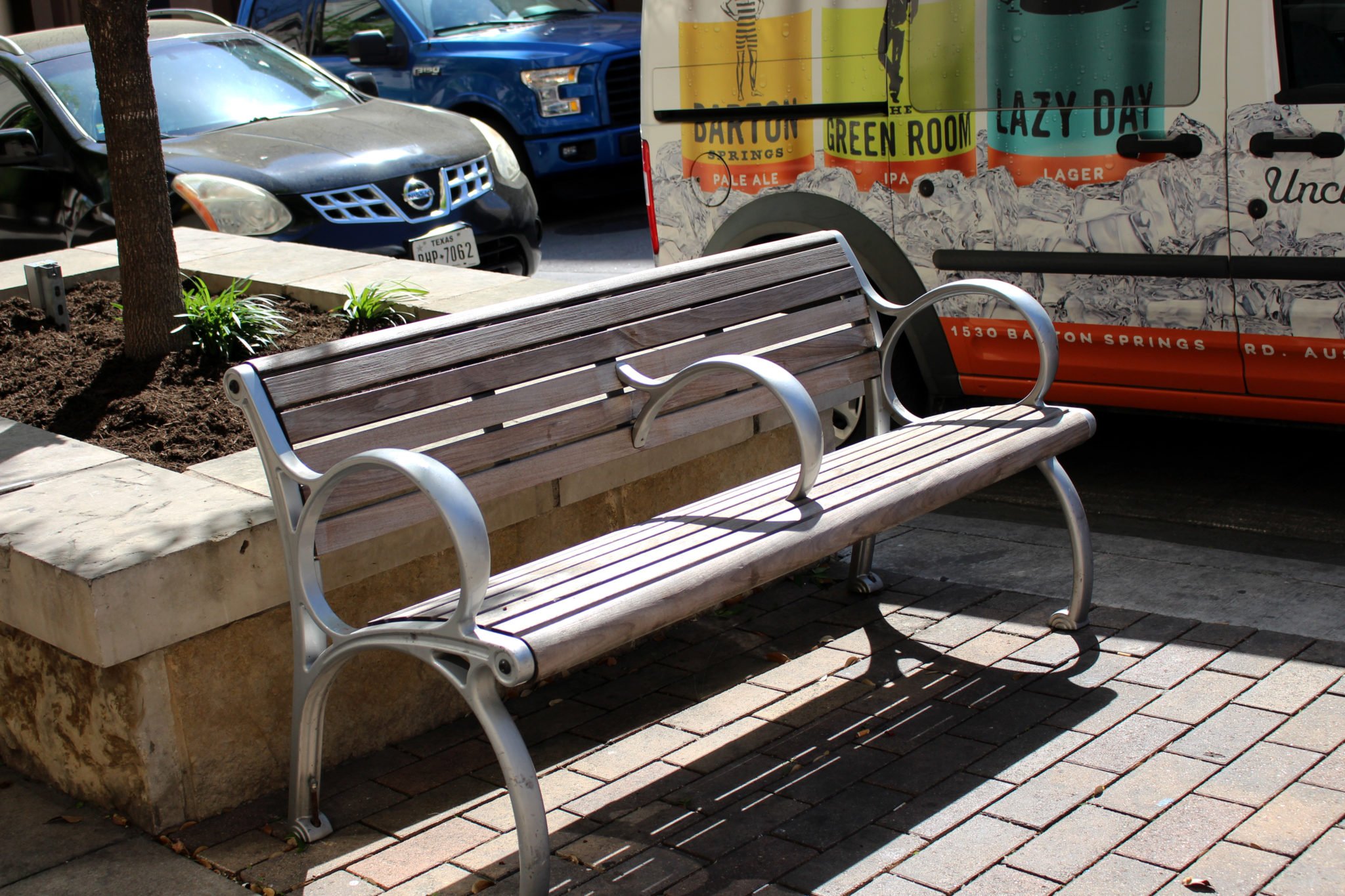
How ‘Hostile Design’ Hides in Plain Sight in Austin
Benches with strategically placed armrests, window sills with knobs, and bolts in the ground are just a few of the most common architectural elements meant to keep homeless people away.
Above: The armrest in the middle of this bench makes it impossible to lie down.
Most nights, Julian “Lizard King” Reyes sleeps in his car, but he’s been stopped and ticketed so many times for lying down in public that he doesn’t remember the number.
“It’s 100-something degrees in Texas; it’s super easy to get dizzy or just tired from the heat here and you have to lay down,” said Reyes, who is 49 and said he’s been homeless for five or six years. “But you can’t even lay on these benches, you have to lay down on the ground. … When I see those benches that are impossible to lay down on and those bolts on the ground, all I see is crime.”
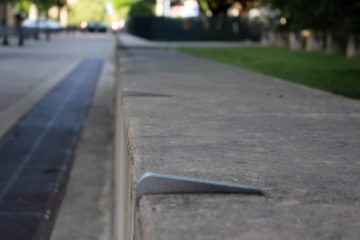
Reyes is talking about an international urban design trend known as hostile design. Also called hostile architecture or defensive architecture, hostile design is architecture intentionally built to discourage public use. Some common examples include bolts installed on public ground to prevent the homeless from lying or sleeping, skate deterrents to stop skateboarders from skating on public property and uncomfortable chairs or benches with strategically placed armrests that prevent people from lying down. These features not only target the homeless, but can also be aimed at the disabled, skateboarders and teenagers.
In downtown Austin alone, hostile design is everywhere. The window sills outside the Starbucks at the intersection of Sixth Street and Congress Avenue have doorknob fixtures that prevent people from sitting or lying. On the corner of Sixth and Colorado streets, homeless people often sleep near benches that are impossible to lie down on because of strategically placed armrests.
Design can’t be separated from politics, said Simon Atkinson, an urban design professor at the University of Texas at Austin School of Architecture.
“A city that is hostile to the homeless in its laws is, I think, more likely to have designs that reflect that hostility,” he said.
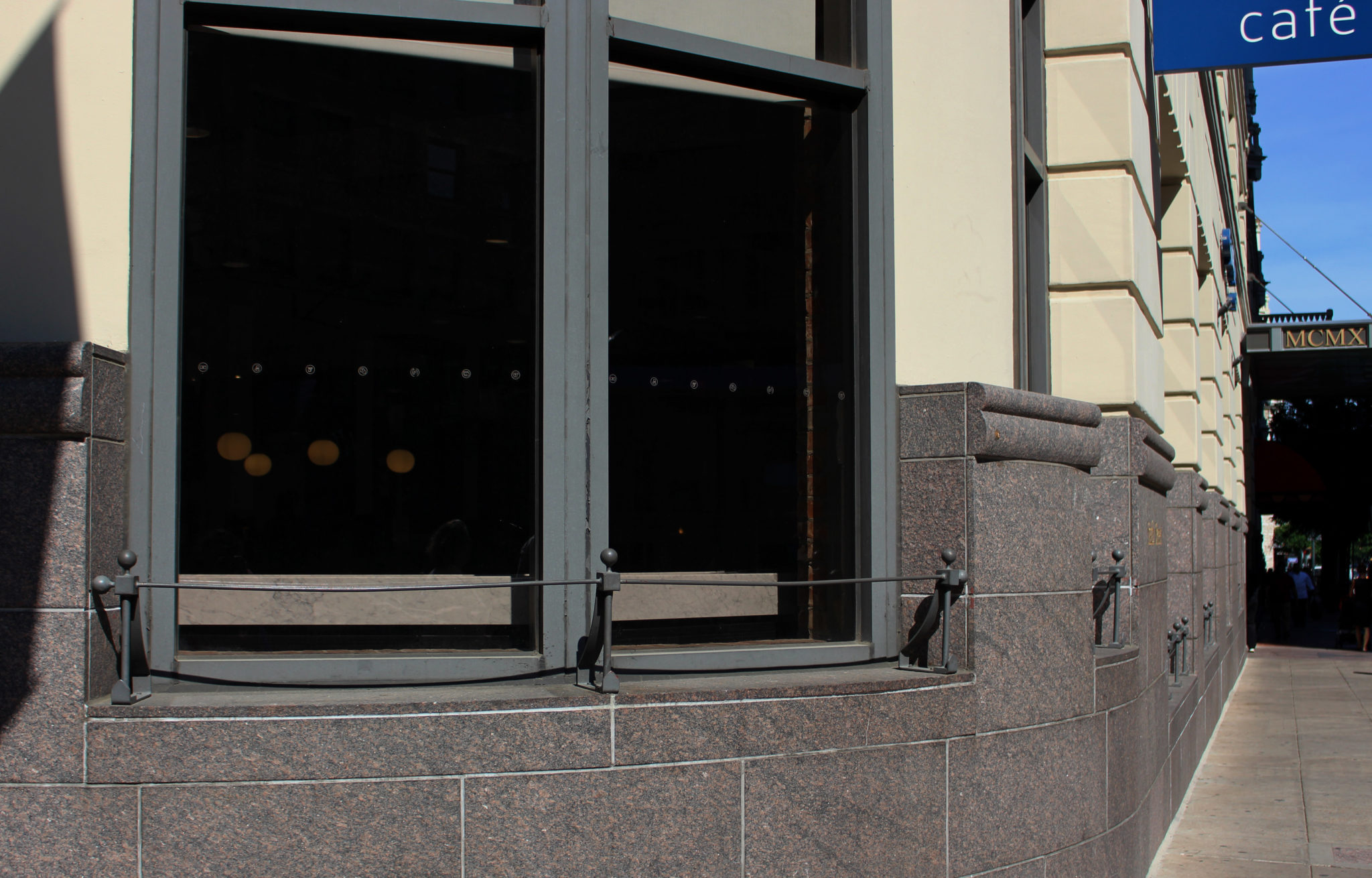
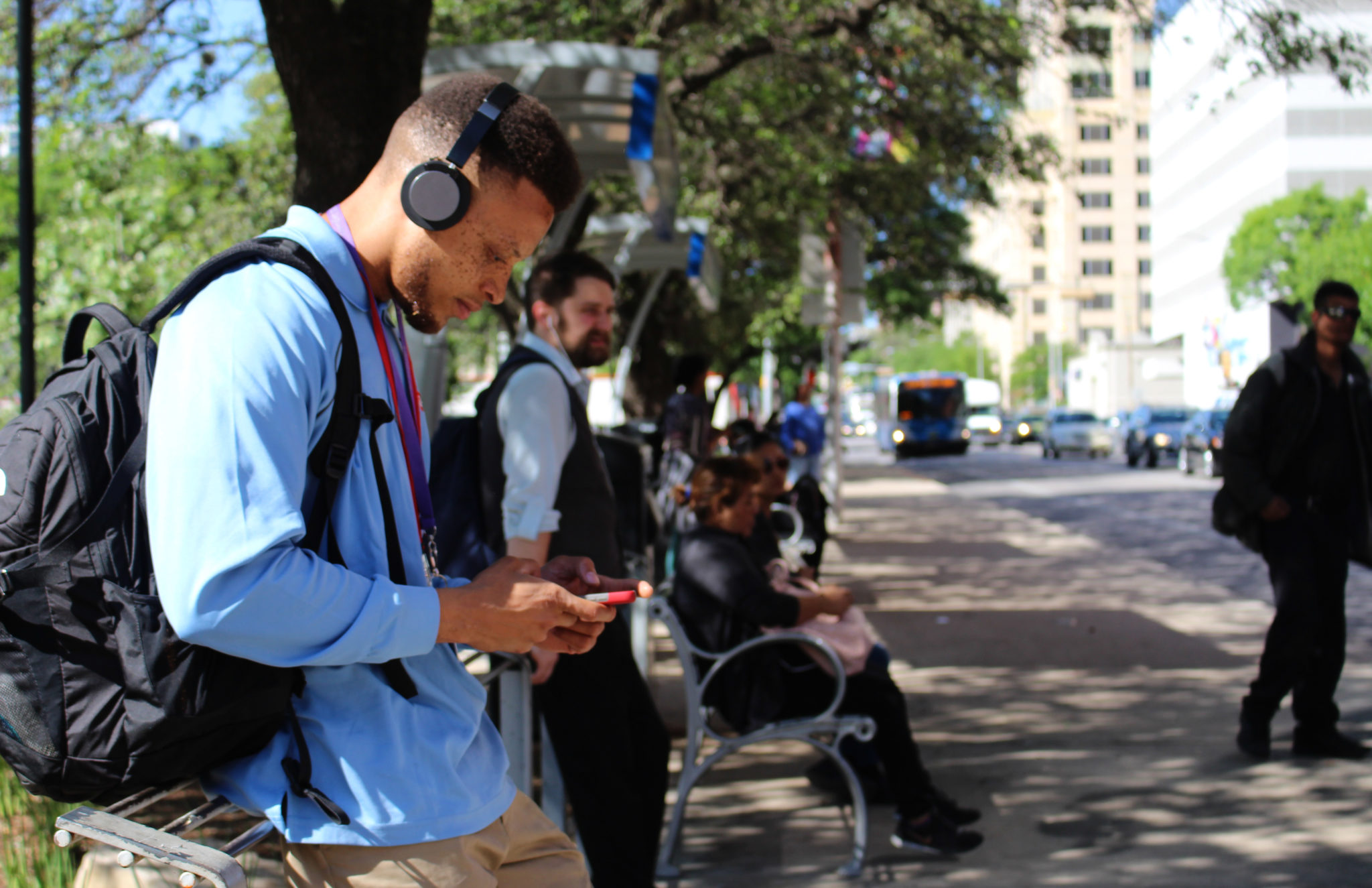
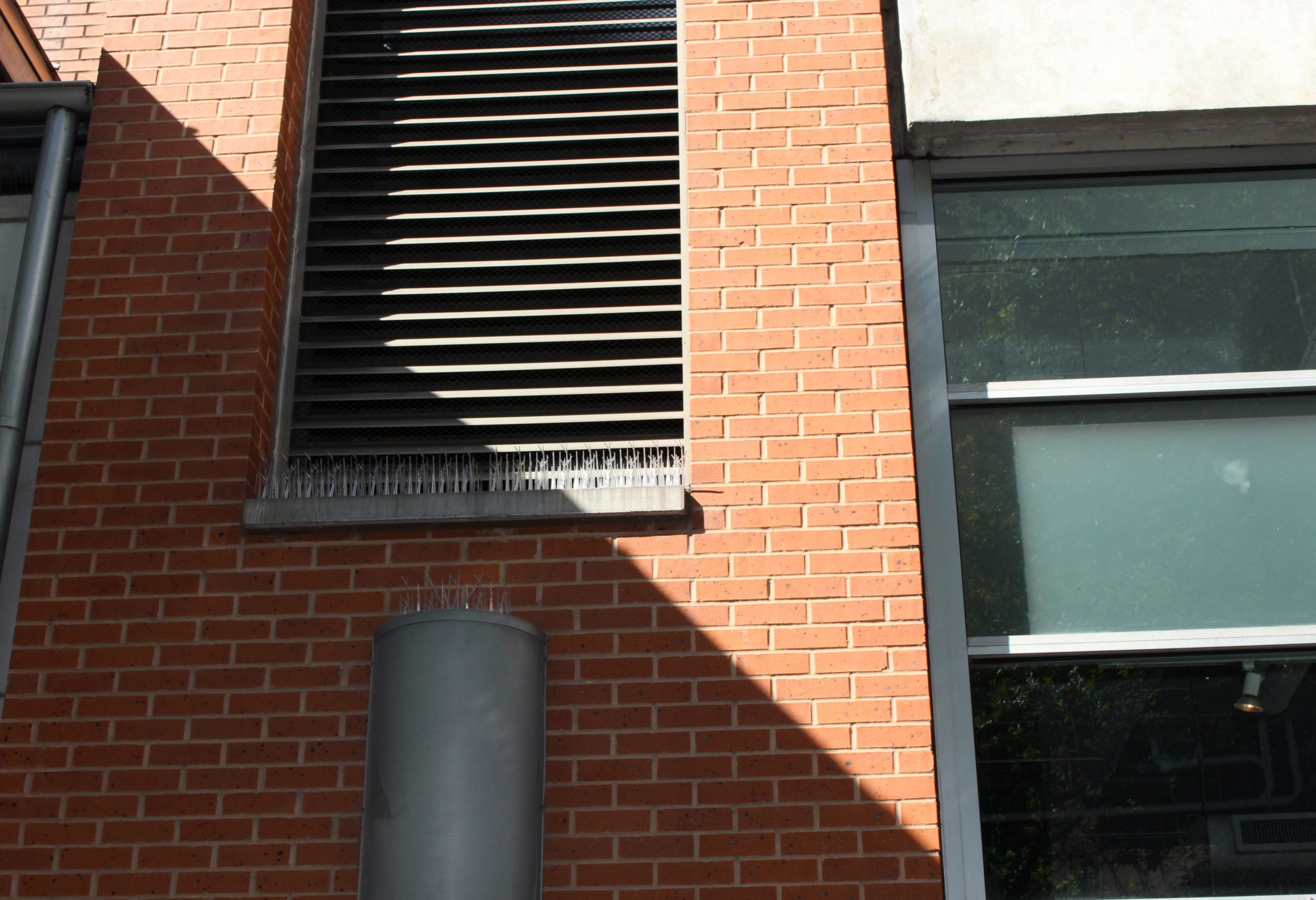
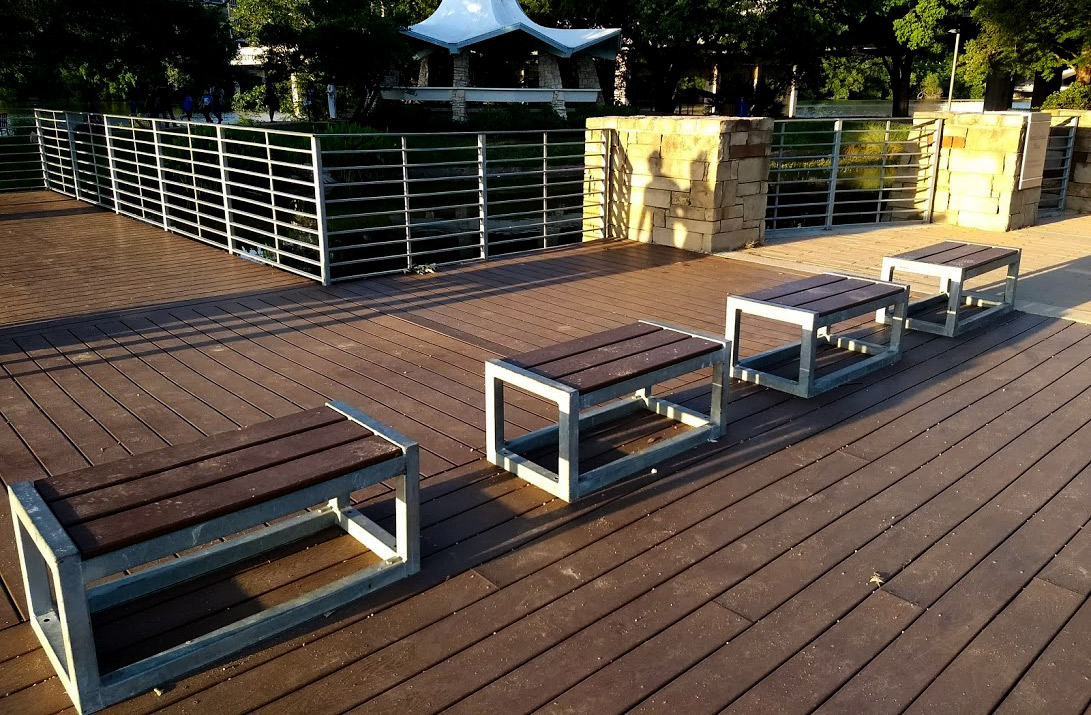
Hostility toward the homeless is not a new phenomenon in Texas. San Antonio has laws against camping, sleeping in cars, loitering, begging, and sitting or lying in public spaces. In Amarillo, a city with anti-camping laws among other anti-homeless laws, a landowner is being sued by the city for letting homeless people camp on his property. In Houston, which saw almost 200,000 homes damaged or destroyed after Hurricane Harvey last year, people are not allowed to camp, sleep in their cars, beg or sit and lie in certain areas. In Austin, homeless activists and their advocates have been fighting the “No Sit/No Lie” ordinance, which has led to thousands of unpaid tickets. Dallas, Fort Worth, Corpus Christi and El Paso all have similar laws.
Even if a design element isn’t meant to be hostile, it may still reflect the innate bias of its designers, said Brendan Wittstruck, director of urban design at Asakura Robinson. “There is a preoccupation in my profession and in municipalities toward order and control,” Wittstruck said. “Control is easy, control is calculable, control is easy to monitor, it’s easy to design for — so I think that bias still lives on.”
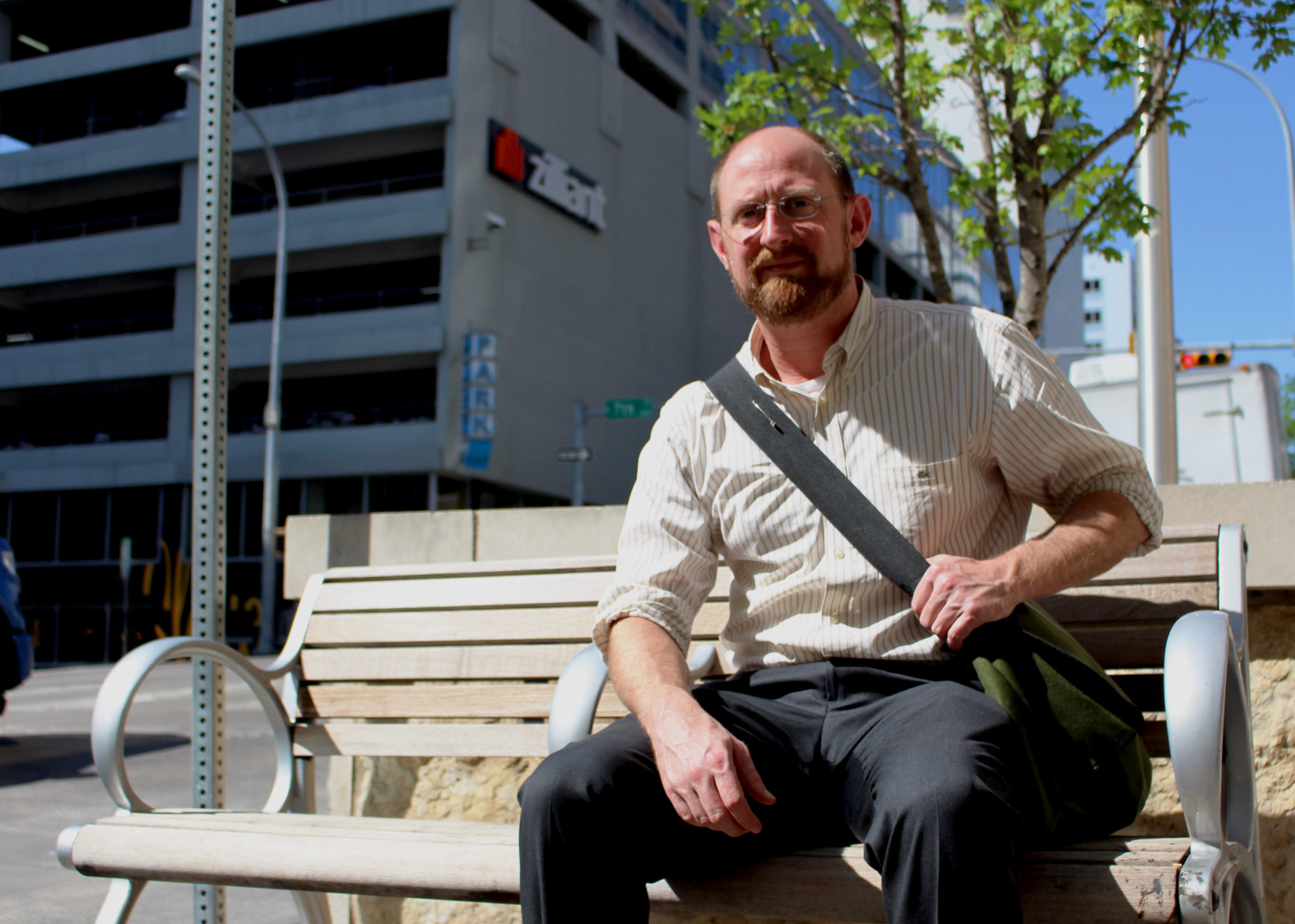
While walking through downtown Austin, Wittstruck hesitated to label some designs as intentionally hostile despite their inaccessibility. Some newer MetroRapid bus stops downtown have standing lean bars that no one can sleep on but that still may be a comfortable spot to rest, he said.
“I don’t think the lean bars are outright exclusionary from the get-go; there is some utility to them,” Wittstruck said.
When similar lean bars replaced benches on New York City subway platforms, people complained, but city officials called the change a space-saving measure.
It’s often unclear whether a particular feature qualifies as hostile or not. Hostile design is a relatively new term, and scant research has been done on the subject — which has only recently begun to garner media attention.
When you’re inclusive but still hate the poor. pic.twitter.com/WB1kTuxXkb
— Isaac Azuelos (@isaacazuelos) May 12, 2018
If the problem is hard to identify, finding a solution is even harder, according to Atkinson. To him, the issue of hostile design is a moral one.
“We have to get this right, especially if we believe in cities. They’re the best bet we’ve got at making a civilized world,” Atkinson said. “If somebody needs to rest on a park bench because they’re exhausted, who are we to stop them from doing that?”

